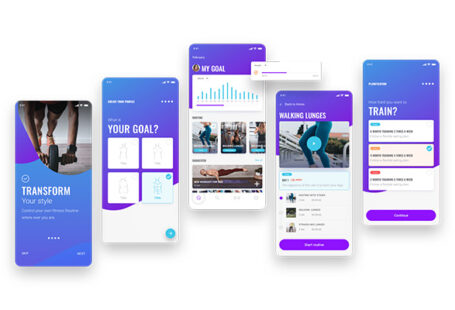As the world becomes increasingly digital, the need for fast and responsive websites has never been greater. Not only do websites need to load quickly, but they also need to provide a smooth and enjoyable user experience. This is where web performance optimization comes in. In this article, we will discuss what web performance optimization is, why it is important, and how to optimize your website for both speed and user experience.
What is Web Performance Optimization?
Web performance optimization (WPO) is the process of improving the speed, user experience, and overall performance of a website. This includes optimizing images, compressing files, reducing the number of HTTP requests, and improving website code. The goal of WPO is to make a website load quickly and provide a seamless experience for users.
Why is Web Performance Optimization Important?
There are several reasons why WPO is important. Firstly, website speed is a key factor in search engine optimization (SEO). Google and other search engines favor fast websites and will rank them higher in search results. This means that a fast website is more likely to appear at the top of search results and receive more traffic.
Secondly, website speed is also important for user experience. Slow websites can be frustrating for users and lead to higher bounce rates. This means that users are more likely to leave your website if it takes too long to load. On the other hand, fast websites provide a seamless experience and keep users engaged.
Finally, WPO is important for business success. A fast and responsive website can improve conversion rates, increase customer satisfaction, and drive revenue growth. By optimizing your website for both speed and user experience, you can increase your chances of success in the digital world.
How to Optimize Your Website for Web Performance Optimization
So, how can you optimize your website for WPO? Here are some tips to get you started:
- Compress images and files. Large images and files can slow down your website. By compressing these files, you can reduce their size and improve website speed.
- Reduce the number of HTTP requests. Every time a user visits your website, it makes an HTTP request for each element on the page. By reducing the number of requests, you can improve website speed.
- Improve website code. Website code can be optimized for speed and performance by removing unnecessary code and optimizing the code that is left.
- Use a content delivery network (CDN). CDNs can help reduce website latency and improve website speed by distributing website content across multiple servers.
- Monitor website performance. Regularly monitoring your website performance can help you identify areas for improvement and make the necessary changes to optimize your website for WPO.
By following these tips, you can optimize your website for WPO and improve both website speed and user experience.
Conclusion
In conclusion, WPO is an important aspect of website development and management. By improving website speed and user experience, you can improve your chances of success in the digital world. Whether you are a business owner, website developer, or marketing professional, it is important to understand the importance of WPO and how to optimize your website for both speed and user experience.



